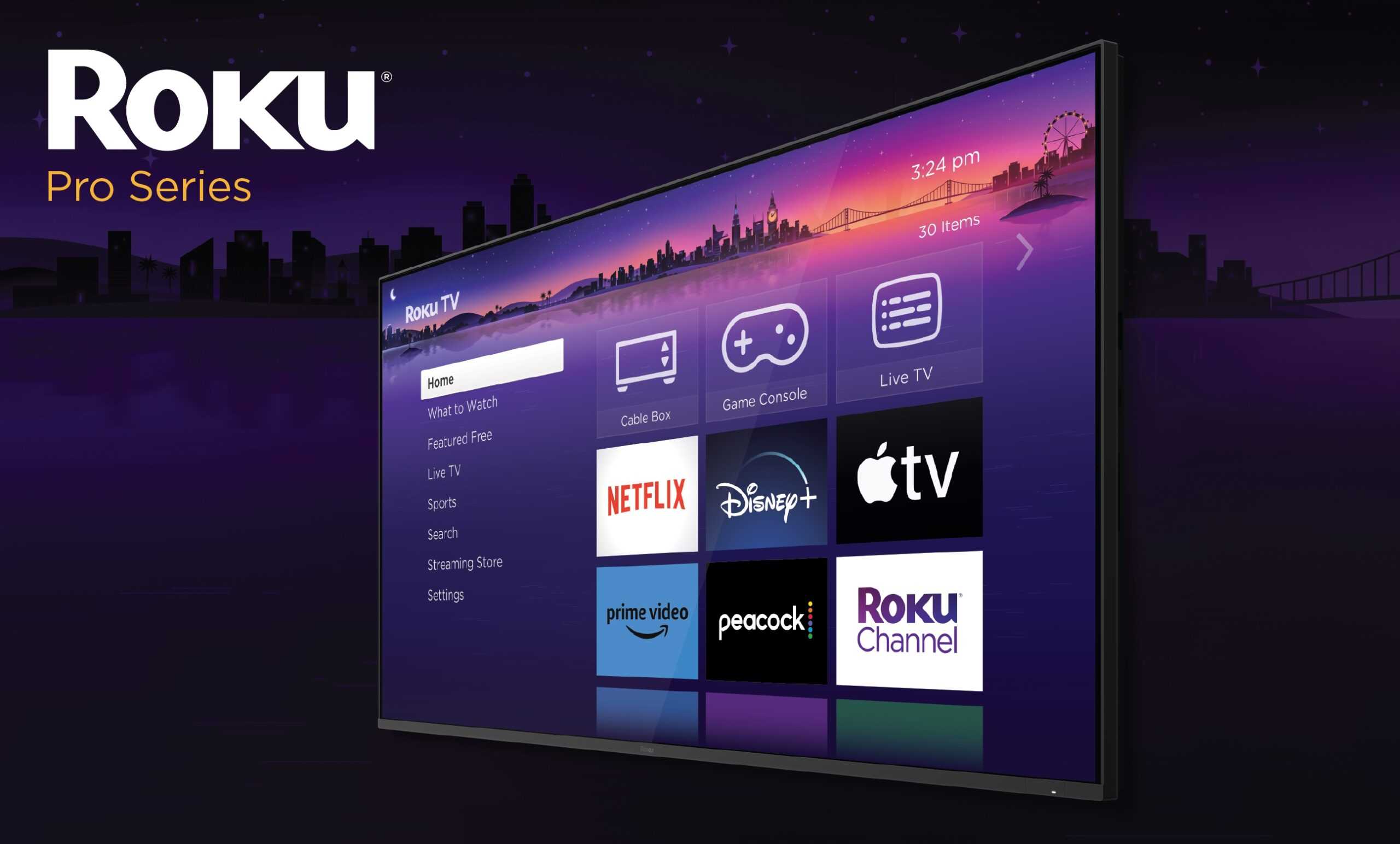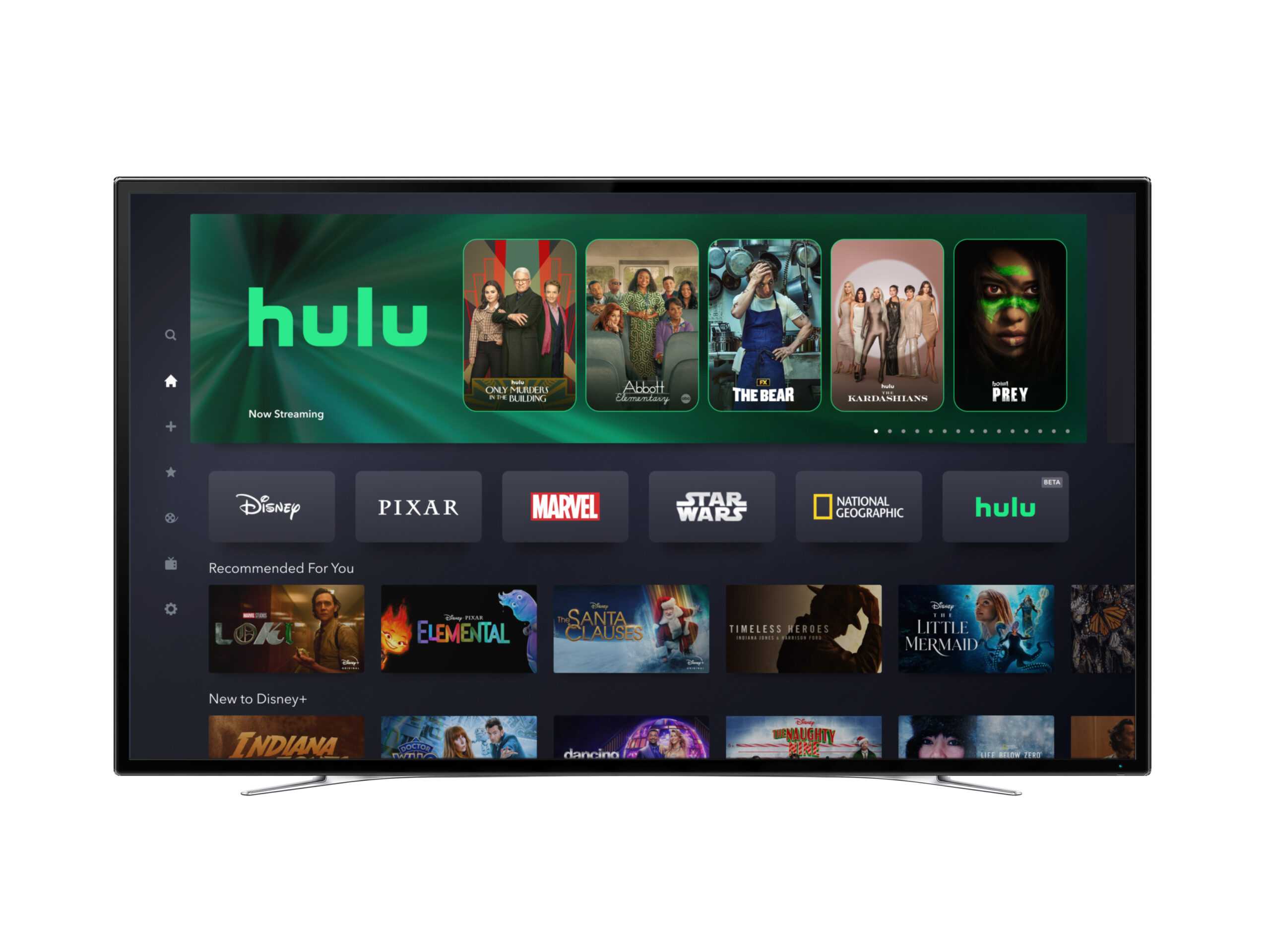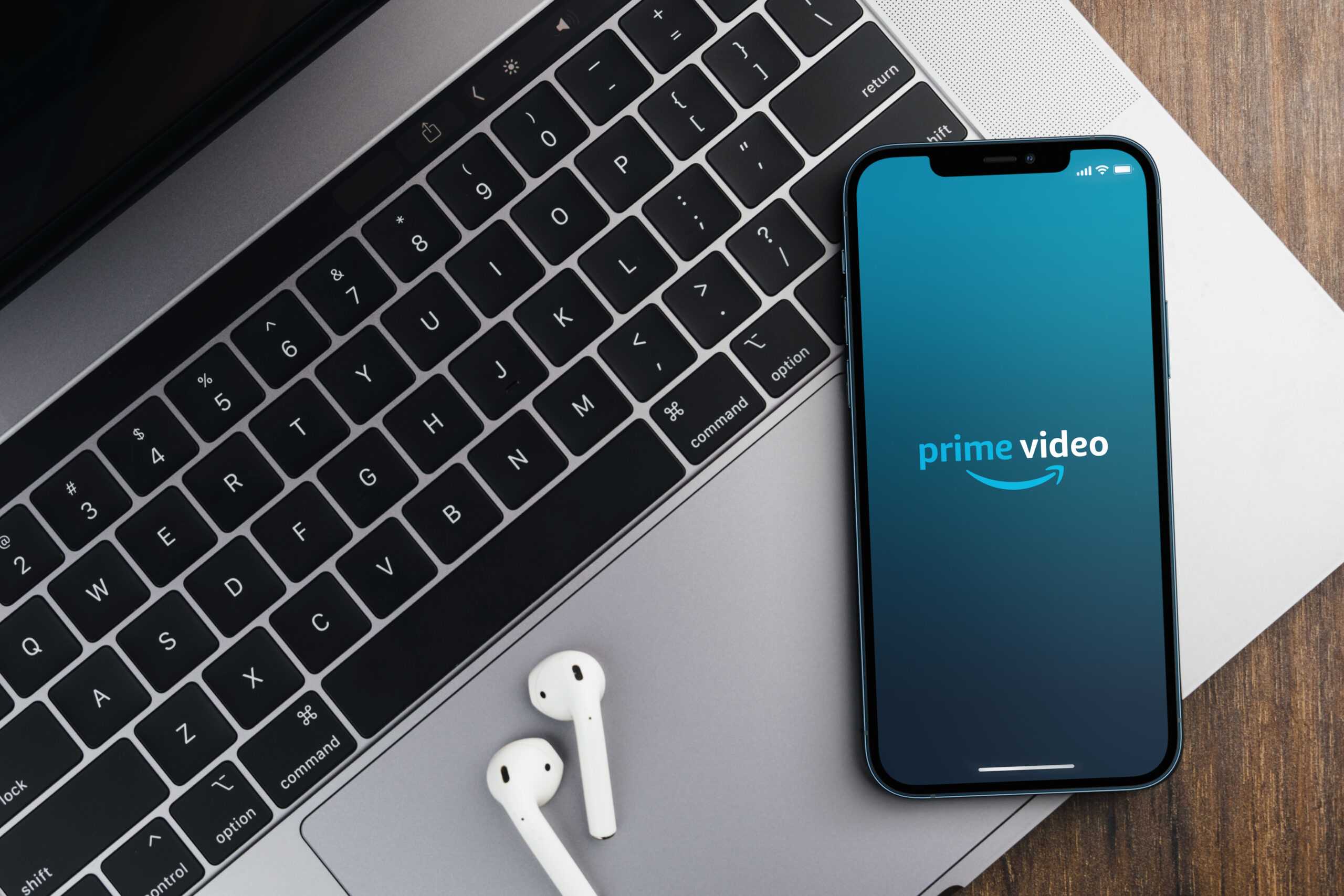Sling TV had a challenging 2020. While the streaming platform gained over 200,000 subscribers during its third quarter, and total subscribers hit 2.47 million in its fourth quarter, overall numbers are still down from 2.69 million a year earlier. To stay competitive, the service kicked off 2021 with a number of initiatives to lure more viewers to its camp.
In January, the company bumped up its free DVR storage from 10 hours to 50 hours while the DVR Plus option for $5 per month gives subscribers 200 hours of storage space. Then in February, Sling TV kicked off a “Sling Fling” six-night event to offer its service to prospective subscribers, no credit card required, and access to Showtime included. Additionally, new customers were offered their first month of Sling Orange or Blue for just $10, and they were given the option to receive a free AirTV Mini streaming device if they prepaid for their first month at $35.
While Sling TV did raise its prices for both Sling Blue and Sling Orange by $5 to $35 (or $50 for both), the service still maintains a pricing advantage over competitors like YouTube TV and Hulu+LiveTV, which both charge $65. Sling has been feeling the pressure as Hulu+LiveTV has over 4 million subscribers and YouTube TV recently crossed the 3 million mark, but affordability has always been its calling card, and that message still appears to resonate among consumers – particularly during a pandemic when budgets have been tighter for many.
Going forward, Sling TV will have to continue balancing the costs of adding content and features with revenue generated by its subscribers. Cable networks, faced by margin challenges of their own, continue to push content costs upwards for all service providers. Sports content is particularly expensive. Sling TV offers NFL RedZone from the NFL network as well as many ESPN channels, and the platform recently added the Big Ten Network to its Sports Extra package. Mitigating cost outlays to minimize price changes will be a hard tightrope for Sling to walk. According to Interpret’s New Media Measure®, among viewers in the US who do not subscribe to live TV from a cable, satellite, or telecom service provider, the primary reason for avoiding those is that the live TV services are just too expensive.







